Cover
Compiler Design
Preface
Acknowledgments
Contents
1 Introduction
1.1 High-Level Programming Languages
1.2 Implementation of Programming Languages
1.2.1 Interpreters
1.2.2 Compilers
1.2.3 Real and Virtual Machines
1.2.4 Combined Compilation and Interpretation
1.3 General References
2 Imperative Programming Languages
2.1 Language Concepts and Their Compilation
2.2 The Architecture of the C-Machine
2.3 Simple Expressions and Assignments
2.4 Statements and Statement Sequences
2.5 Conditional and Iterative Statements
2.6 Memory Allocation for Variables of Basic Types
2.7 Memory Allocation for Arrays and Structures
2.8 Pointers and Dynamic Memory Allocation
2.9 Functions
2.9.1 Memory Organization of the C-Machine
2.9.2 Dealing with Local Variables
2.9.3 Function Call and Return
2.10 Translation of Programs
2.11 Exercises
2.12 List of CMa Registers
2.13 List of Code Functions of the CMa
2.14 List of CMa Instructions
2.15 References
3 Functional Programming Languages
3.1 Basic Concepts and Introductory Examples
3.2 A Simple Functional Programming Language
3.3 The Architecture of the MaMa
3.4 Translation of Simple Expressions
3.5 Access to Variables
3.6 let Expressions
3.7 Function Definitions
3.8 Function Application
3.9 Under- and Oversupply with Arguments
3.10 Recursive Variable Definitions
3.11 Closures and Their Evaluation
3.12 Optimization I: Global Variables
3.13 Optimization II: Closures
3.14 Translating Program Expressions
3.15 Structured Data
3.15.1 Tuples
3.15.2 Lists
3.15.3 Closures for Tuples and Lists
3.16 Optimization III: Last Calls
3.17 Exercises
3.18 List of MaMa Registers
3.19 List of Code Functions of the MaMa
3.20 List of MaMa Instructions
3.21 References
4 Logic Programming Languages
4.1 The Language ProL
4.2 The Architecture of the WiM
4.3 Allocation of Terms in the Heap
4.4 The Translation of Literals
4.5 Unification
4.6 Clauses
4.7 The Translation of Predicates
4.7.1 Backtracking
4.7.2 Putting It All Together
4.8 The Finalization of Clauses
4.9 Queries and Programs
4.10 Optimization I: Last Goals
4.11 Optimization II: Trimming of Stack Frames
4.12 Optimization III: Clause Indexing
4.13 Extension: The Cut Operator
4.14 Digression: Garbage Collection
4.15 Exercises
4.16 List of WiM Registers
4.17 List of Code Functions of the WiM
4.18 List of WiM Instructions
4.19 References
5 Object-Oriented Programming Languages
5.1 Concepts of Object-Oriented Languages
5.1.1 Objects
5.1.2 Object Classes
5.1.3 Inheritance
5.1.4 Genericity
5.1.5 Information Encapsulation
5.1.6 Summary
5.2 An Object-Oriented Extension of C
5.3 The Memory Organization for Objects
5.4 Method Calls
5.5 The Definition of Methods
5.6 The Use of Constructors
5.7 The Definition of Constructors
5.8 Perspective: Multiple Inheritance
5.9 Exercises
5.10 List of Additional Registers
5.11 CMa Instructions for Objects
5.12 References
References
Index
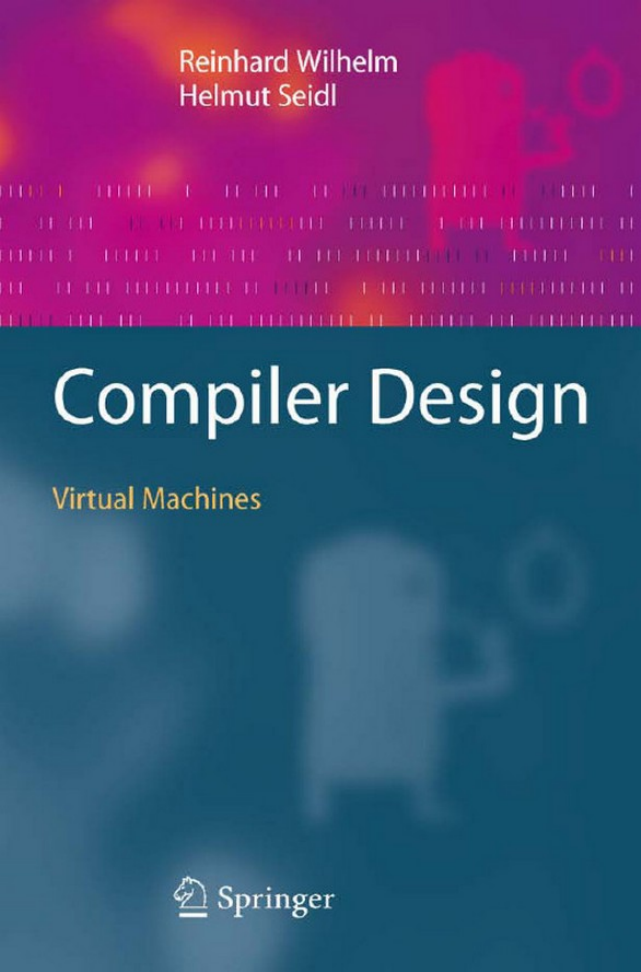
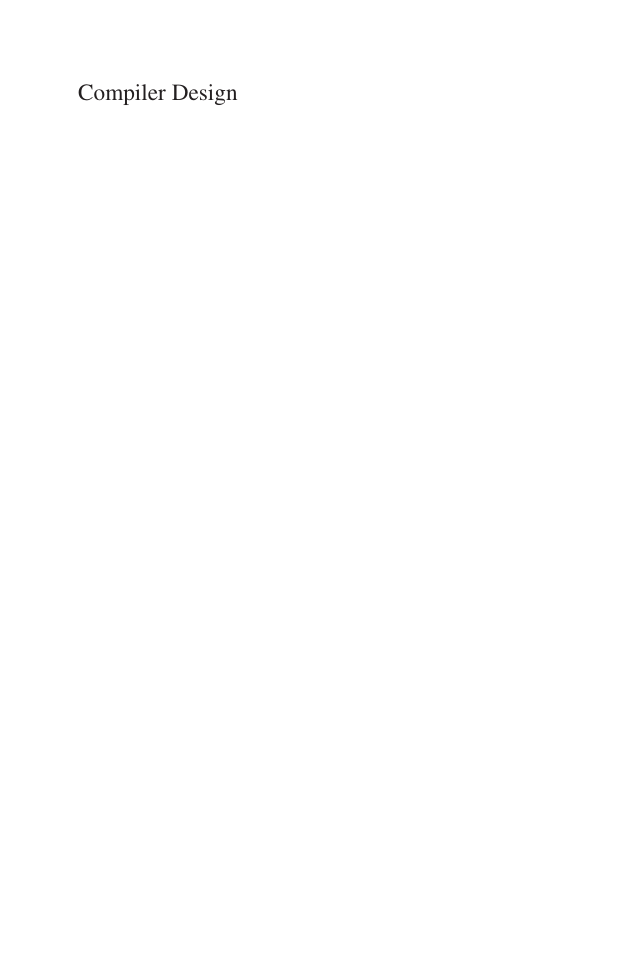

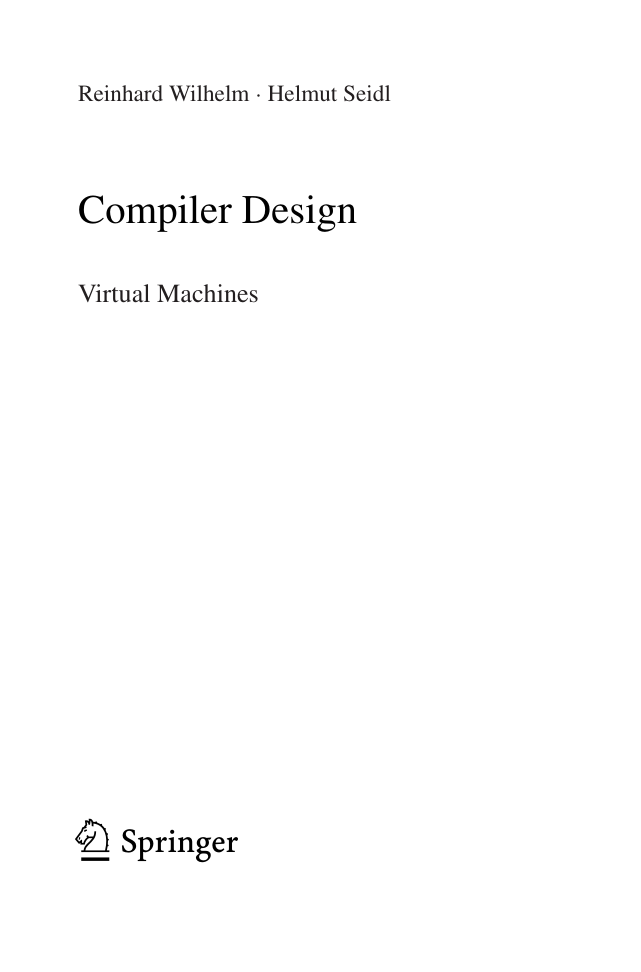
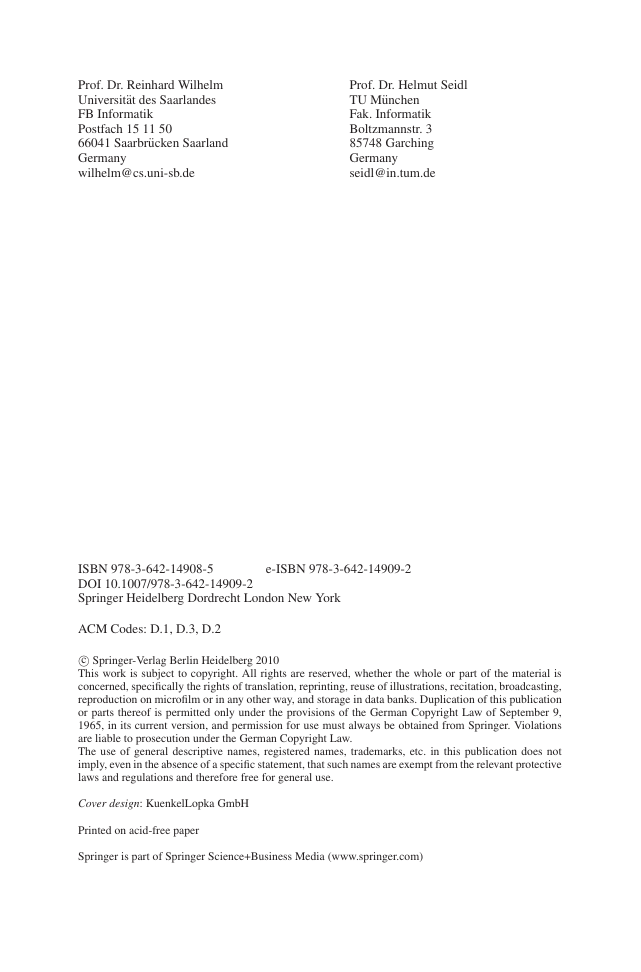
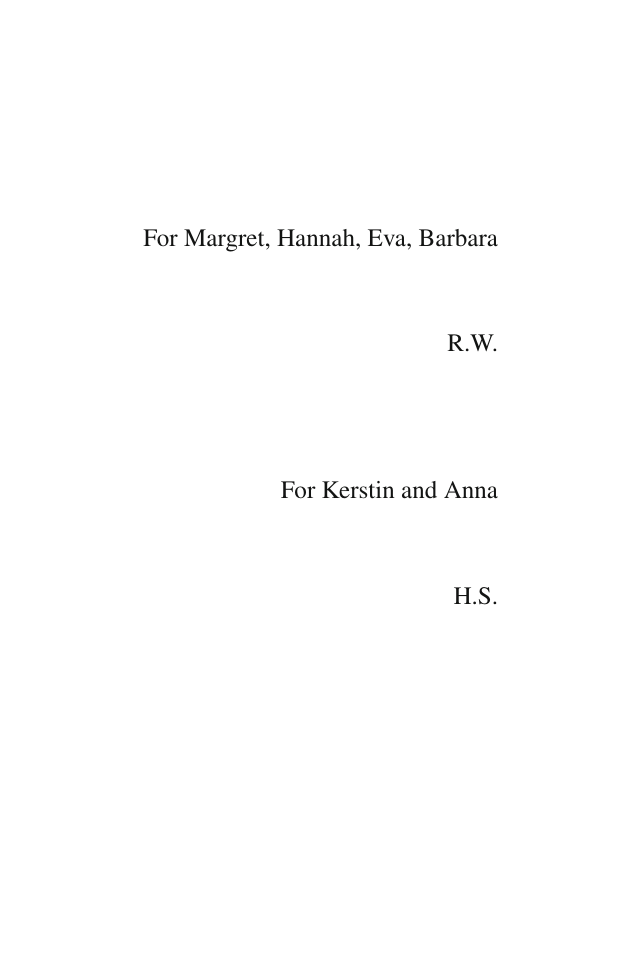

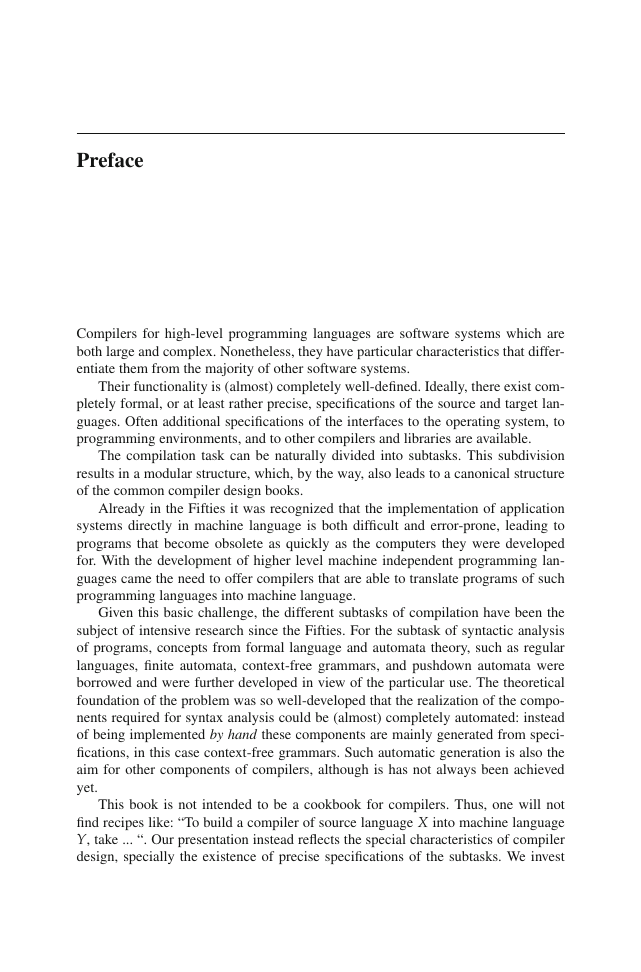








 2023年江西萍乡中考道德与法治真题及答案.doc
2023年江西萍乡中考道德与法治真题及答案.doc 2012年重庆南川中考生物真题及答案.doc
2012年重庆南川中考生物真题及答案.doc 2013年江西师范大学地理学综合及文艺理论基础考研真题.doc
2013年江西师范大学地理学综合及文艺理论基础考研真题.doc 2020年四川甘孜小升初语文真题及答案I卷.doc
2020年四川甘孜小升初语文真题及答案I卷.doc 2020年注册岩土工程师专业基础考试真题及答案.doc
2020年注册岩土工程师专业基础考试真题及答案.doc 2023-2024学年福建省厦门市九年级上学期数学月考试题及答案.doc
2023-2024学年福建省厦门市九年级上学期数学月考试题及答案.doc 2021-2022学年辽宁省沈阳市大东区九年级上学期语文期末试题及答案.doc
2021-2022学年辽宁省沈阳市大东区九年级上学期语文期末试题及答案.doc 2022-2023学年北京东城区初三第一学期物理期末试卷及答案.doc
2022-2023学年北京东城区初三第一学期物理期末试卷及答案.doc 2018上半年江西教师资格初中地理学科知识与教学能力真题及答案.doc
2018上半年江西教师资格初中地理学科知识与教学能力真题及答案.doc 2012年河北国家公务员申论考试真题及答案-省级.doc
2012年河北国家公务员申论考试真题及答案-省级.doc 2020-2021学年江苏省扬州市江都区邵樊片九年级上学期数学第一次质量检测试题及答案.doc
2020-2021学年江苏省扬州市江都区邵樊片九年级上学期数学第一次质量检测试题及答案.doc 2022下半年黑龙江教师资格证中学综合素质真题及答案.doc
2022下半年黑龙江教师资格证中学综合素质真题及答案.doc